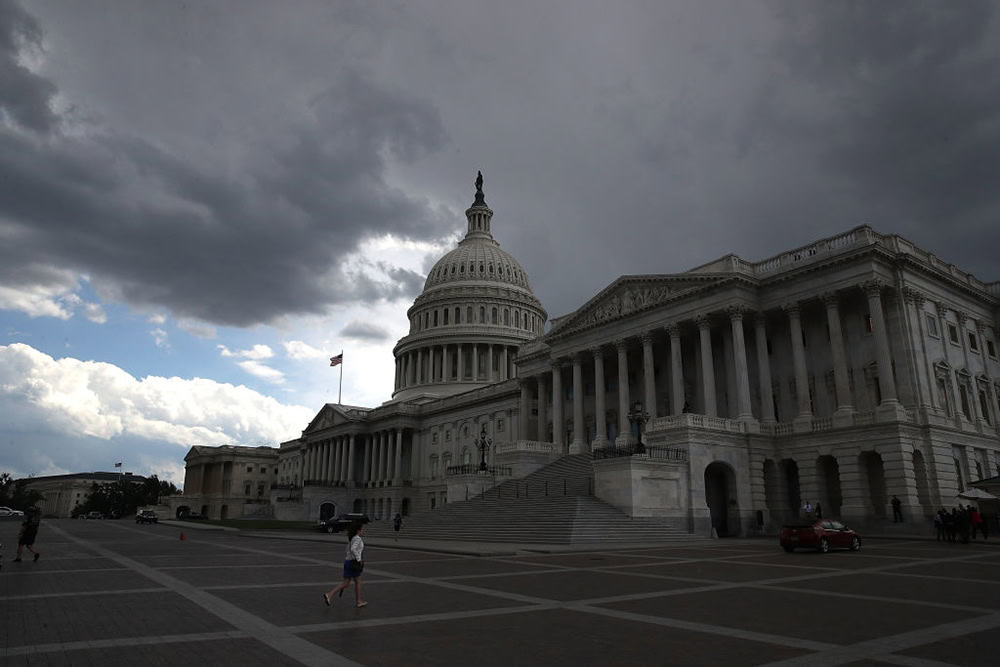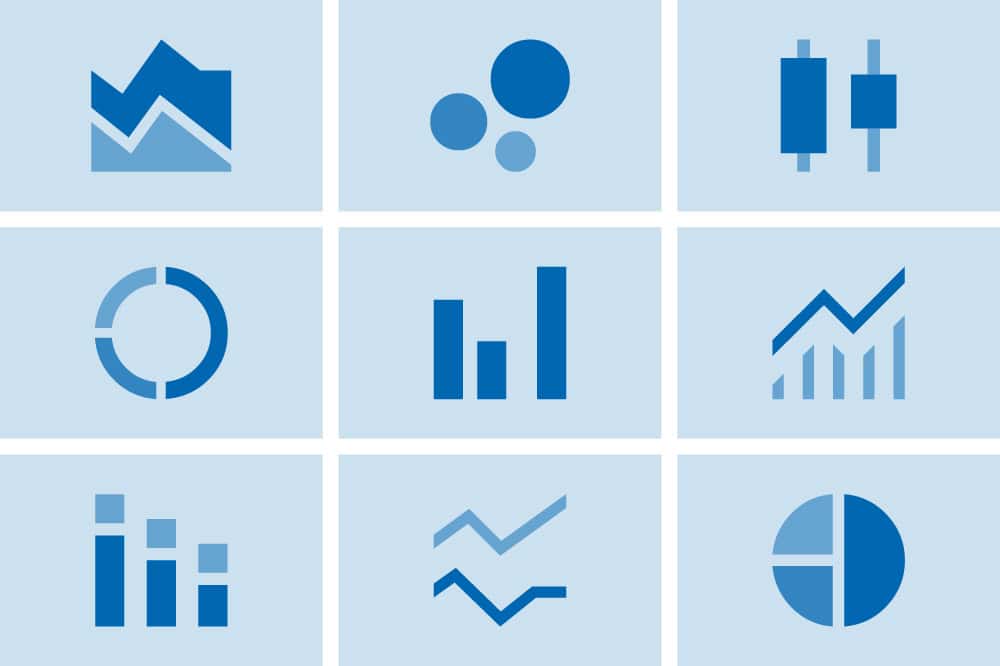Budget Basics: Federal Trust Funds
Federal trust funds bear little resemblance to their private-sector counterparts.
Read More10 Largest Budget Functions
Here are the top ten spending categories for the federal budget.
Read MoreWhy Are Americans Paying More for Healthcare?
High healthcare spending is not necessarily a bad thing, especially if it leads to better health outcomes. However, that is not the case in the United States.
Read MoreHow Does the Aging of the Population Affect Our Fiscal Health?
As a large portion of the American population lives well beyond retirement age, the total cost of providing healthcare will grow as well.
Read MoreChart Pack: Healthcare
These charts illustrate the growth in U.S. healthcare spending and how it affects the federal budget.
Read MoreChart Pack: The U.S. Budget
A selection of key charts that give an overview of the major components in the U.S. federal budget.
Read MoreChart Pack: Social Programs
A selection of charts about crucial social programs (Social Security, Medicare, Medicaid, and SNAP), their financial outlook, and place within the federal budget.
Read MoreHow Is K-12 Education Funded?
Public schools for students in kindergarten through 12th grade are financed through a combination of local, state, and federal dollars in proportions that vary across and within states.
Read MoreHow Much Do We Spend on the Federal Workforce?
Here, we examine the federal government’s expenditure on its workforce, the evolution of its size over time, and the opportunities for budget savings.
Read MoreChart Pack: Defense Spending
A selection of key charts on defense spending in the United States.
Read More





